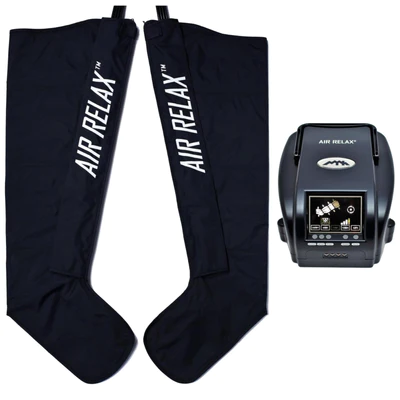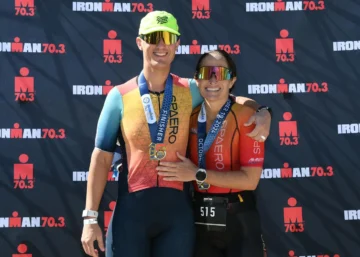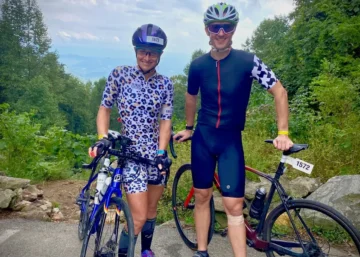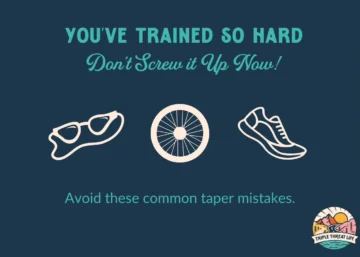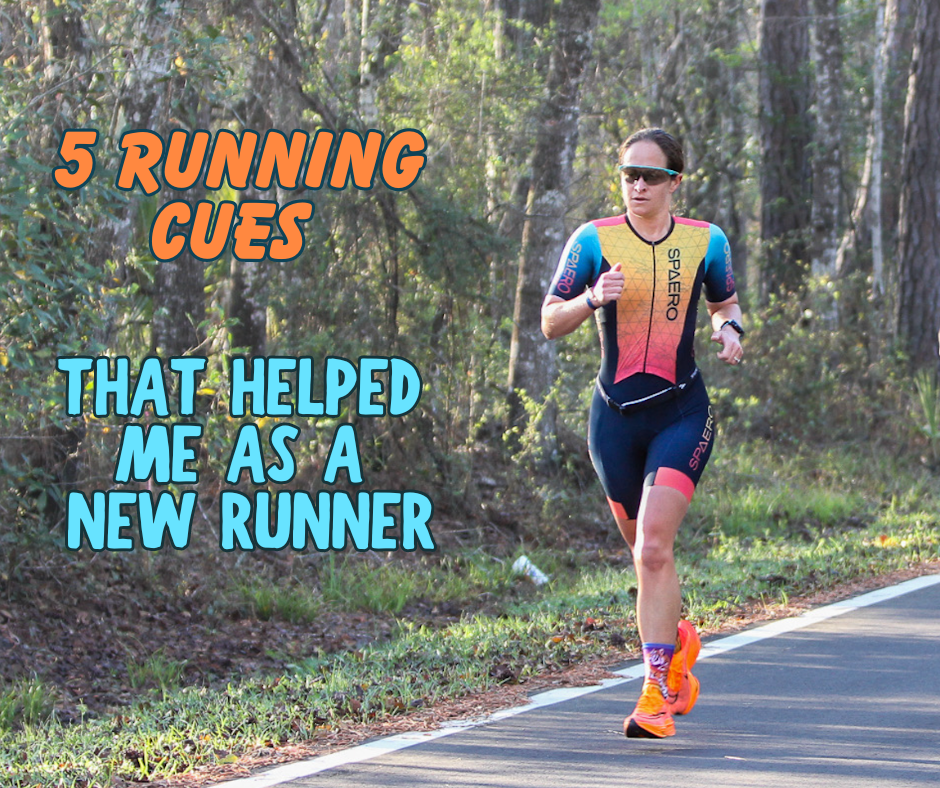
It seems like just yesterday that I ran my first race, but it’s actually been six years! In 2018, I ran a local 5K and, shortly after, started training for my first sprint triathlon. Since then, I’ve done six 70.3 races and one Ironman, so as a result, several half marathons and one marathon.
When I first started running, it was hard just to run to the end of the block, and I didn’t really have any idea what I was doing. But thanks to the guidance and wisdom of some great coaches and my husband Matt, who ran track in high school, I’ve learned quite a bit over the years.
Here are the five running cues that have helped me the most as a new runner:
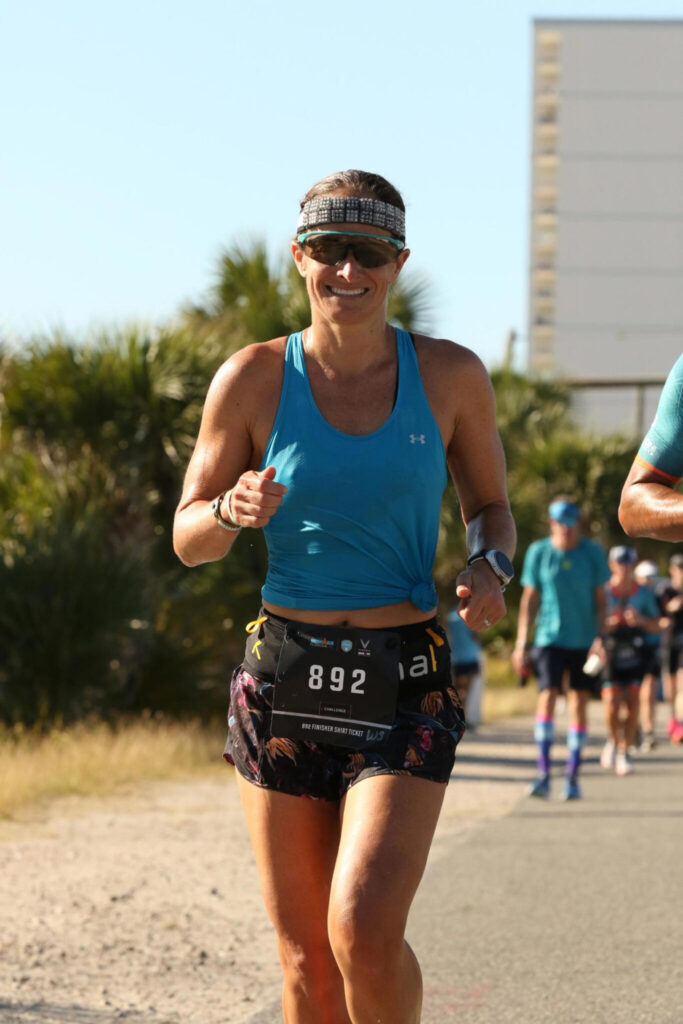
#1- 2:1 Breathing- This is a trick Matt taught me to help control my breathing when running uphill. 2:1 breathing is exactly what it sounds like. You take two quick breaths in succession through the nose, pause for a half second, and then a longer exhale through the mouth.
This breathing pattern helps increase the amount of oxygen you’re taking in, and the longer exhale expels carbon dioxide. Most of us don’t exhale fully, and the build up of Co2 can make you feel like you’re not getting enough oxygen. The slight pause in between is the important part, because it helps regulate your heat rate.
I use 2:1 breathing whenever I’m doing something hard, like running up a hill or doing fast intervals. Sometimes, I use it when I’m doing a hard workout on the bike. During a strenuous workout, or a race, it’s easy to forget to keep your breathing under control. Once I start gasping for air, it’s hard to recover from that, so I try to keep my breathing under control as much as possible.
2- Bunny Cadence, Not Elephant- This is a great one, because it has a mental picture associated with it, which always helps me. When thinking about cadence, or how many steps a runner takes in a minute, the ideal range is around 180. Although, that can vary widely depending on biomechanics, skill level, ect. Cadence is essentially the rhythm in which your feet hit the ground. Running with a quicker cadence doesn’t necessarily mean running faster (although it can help with that too.) A quicker cadence leads to more efficient running and reduces the likelihood of injury.
Think about an elephant that plods along with big, slow, heavy steps. Now, envision a bunny bounding along with shorter, quicker strides. Be the bunny, not the elephant.
It’s an image I use when running uphill. Instead of looking up at the top of the hill, I look straight ahead into the hill and focus on keeping a quick cadence (almost like running in place). As a result, I get up the hill more efficiently, often faster, and with less effort.
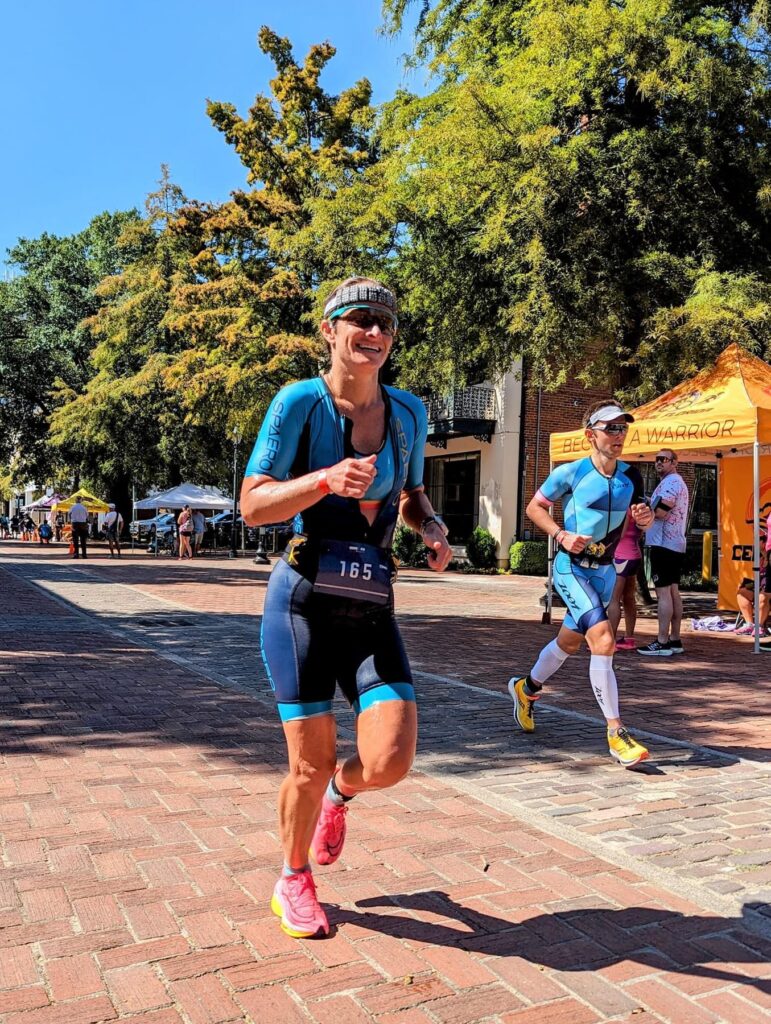
Game-changing compression boots that are portable and easy to use. A fraction of the price of other models. Hands-down the best investment you can make for injury prevention and recovery!
- Digital, easy to use controls
- Plugs into an outlet
- 15 min. cycle run time.
- 4 chambers and 4 pressure modes
Imagine that someone is running behind you, and you want to hit them with your elbows. That way, you swing back instead of forward. It’s a subtle difference, but improves my arm carriage a lot, especially during hard efforts. If you want a visual example, check out pro triathlete, Anne Haug. She’s incredible at this.
4- Forward lean through glass- The idea of forward lean has always been confusing to me. You’re supposed to lean forward while you run, but not too much with your upper body so you’re running hunched over. People say lean from the ankles, but that just doesn’t make sense. I didn’t understand forward lean until someone described it this way… The lean comes from the hips, not the upper body.
Imagine there’s a sliding glass door in front of you. You want to run through the plane of glass, but the first part of your body that comes into contact with the glass should be your hips, not your head. This visual cue will encourage a lean that comes from the hips, so you lean forward in a diagonal line from the ankles, to the hips, to the head, instead of leaning over from the upper body.
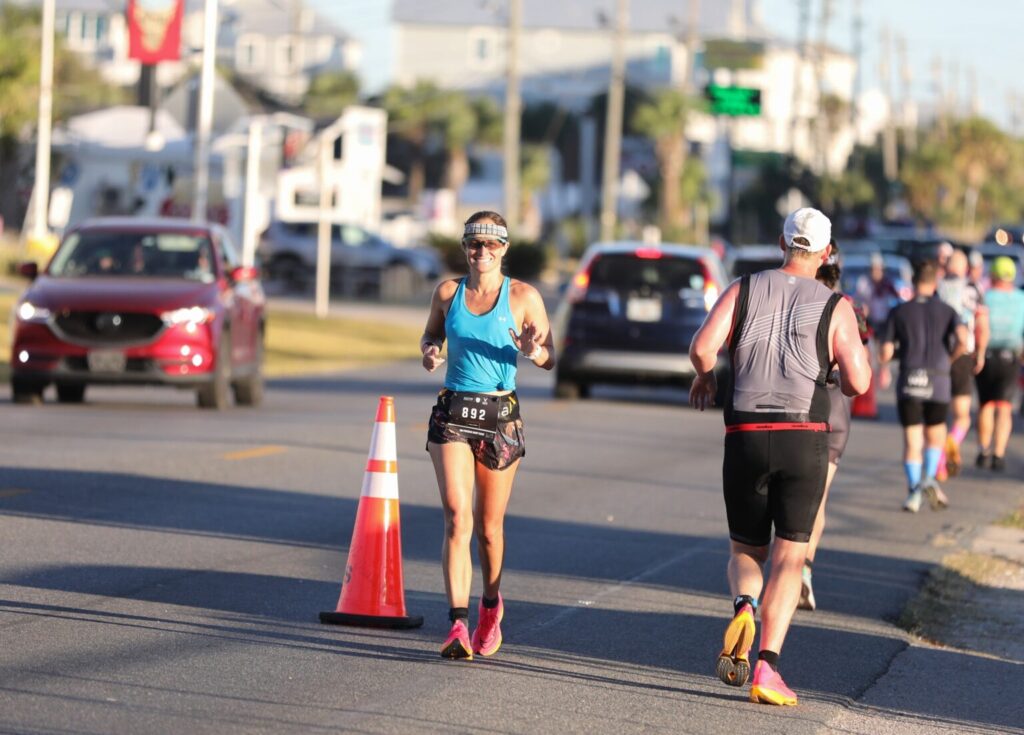
5- Run through a puddle– This is another cue that helps with cadence and quick turnover. Matt explained it to me this way. The longer your foot stays on the ground, the more of your energy is going down into the ground, instead of propelling you forward.
So, imagine you’re running through a puddle. Run so you don’t disturb the water. This will help you to focus on landing softly, and can help increase turnover as well.
I use these 5 running cues as a mental checklist that I go through during every run to make sure I’m focusing on breathing, cadence, and form. Running isn’t always easy for me, but these cues help a lot. I hope they help you too!
